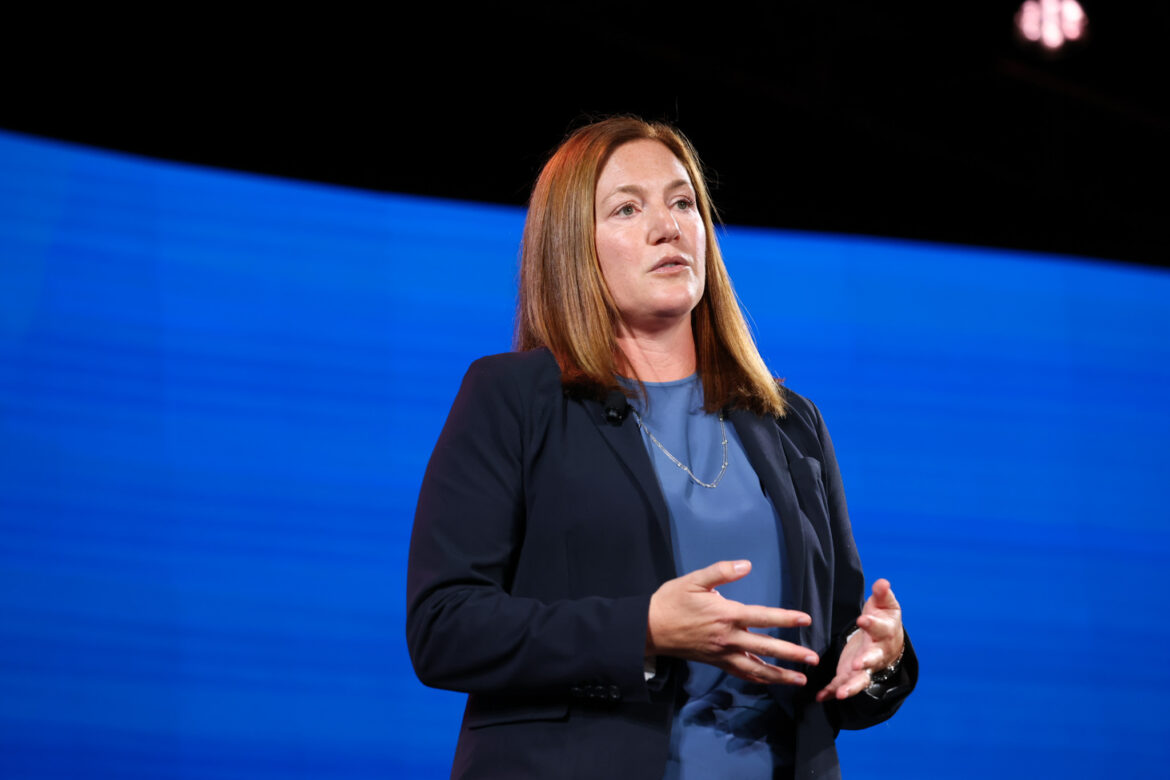WASHINGTON, D.C. — A key performance metric helps explain why the active adult segment of seniors housing remains an investment darling. Among the nearly 800 properties and more than 116,000 units tracked nationally by NIC MAP Vision, the occupancy rate is 93 percent. By comparison, the occupancy rate for seniors housing properties (independent and assisted living) is in the high 80s.
What makes that 93 percent occupancy even more significant is that it includes active adult properties that either recently opened or are in lease-up mode.
“If you look at properties that are open five years or longer, the average occupancy climbs to 95 to 97 percent, so there is very strong demand for this this product type,” said Caroline Clapp, senior principal at NIC.
Clapp’s comments came during a presentation titled “The Future of Seniors Housing; Investment Outlook and Value Proposition” at the 2024 NIC Fall Conference, which kicked off Monday. The three-day event at the Marriott Marquis, Washington, D.C., has drawn more than 2,800 attendees.
Defining the Sector
Active adult rental properties are age-eligible, market rate, multifamily properties that are lifestyle focused; general operations do not provide meals, according to a NIC white paper released in 2022 that is currently being updated by Clapp and her team.
Another important distinction: “Active adult has a lot of focus on wellness and longevity and disease prevention, but it does not provide healthcare in the same way as traditional seniors housing,” emphasized Clapp.
The typical age range for an active adult renter is late 60s and early 70s. Clapp says than an additional 2.2 million people age 65 and older are expected to enter the rental market over the next decade, leading to plenty of development opportunities.
The market penetration rate for active adult segment is extremely low. The 116,000 total active adult units currently in existence compared to the number of households age 65 to 84 results in a 0.5 market penetration rate. By comparison, the penetration rate for seniors housing is 10 to 12 percent.
“We think this indicates there’s likely more room for inventory growth. But, of course, you should always do your underwriting and your due diligence when selecting a new site,” said Clapp.
The median number of units for an active adult property is almost 140 — smaller than a conventional multifamily property — and the median age is less than 10 years based on the data gleaned from those nearly 800 communities tracked by NIC MAP Vision.
Emphasis on Education
Clapp said she continues to hear from real estate professionals immersed in the active adult industry that there needs to be more education of not only consumers, but also owners, operators and developers about this burgeoning sector.
For consumers who are considering downsizing from their single-family homes but who aren’t ready for seniors housing, the active adult segment provides an important bridge. The product type also leads to some frequently asked questions by consumers: What makes this active adult different from traditional seniors housing? Why would someone be willing to pay a premium to live in an active adult community versus a conventional multifamily community?
For the owner/operator/developer it’s all about understanding the subtle differences — or “nuances” — between active adult and conventional multifamily housing or even traditional senior living communities.
Even some municipal officials need to be schooled about the differences between active adult and skilled nursing, says Clapp.
“NIC is trying to come up with more educational resources that people can use so we can keep pushing this property type forward,” she concluded.

Conference Sound Bites
Beyond active adult, there were a few other educational sessions plus a press conference that took place Monday. What follows are a few quotable highlights.
- Former U.S. Secretary of Health and Human Services Mike Leavitt during an interview with NBC Chief Political Analyst Chuck Todd on the ratio of Medicare recipients to workers contributing to the program:
“When I entered the workforce, which would have been roughly in the mid-1970s, there were 4.6 workers per Medicare beneficiary. And today, it’s just above two. So, we’ve got much larger entitlement expenditures, substantially more beneficiaries and half the workers. You don’t have to be a math genius to know that [is problematic]. And that’s where the [federal] deficit is coming from.”
- Lisa McCracken, head of research and analytics at NIC, talking about the importance of developers and operators not resting on their laurels during a group presentation on the future of seniors housing:
“We cannot assume that this demographic trend is going to ensure our success. We’ve got to work hard for a different customer. The times are different, so we’ve got to make sure we understand that customer, their needs, their ability to pay, and the market dynamics. That’s going to be an important part of success moving forward, not just the demographic wave that is ahead.”
- NIC President Ray Braun commenting during a press conference on the Federal Reserve’s decision to cut the federal funds rate by 50 basis points to a target range of 4.75 to 5 percent:
“People are excited to see that we may start getting lower capital costs, but one cut in and of itself isn’t going to move the needle. If this is the start of many different cuts, which most people seem to think it is, it’s a very positive sign for the sector.”
— Matt Valley

